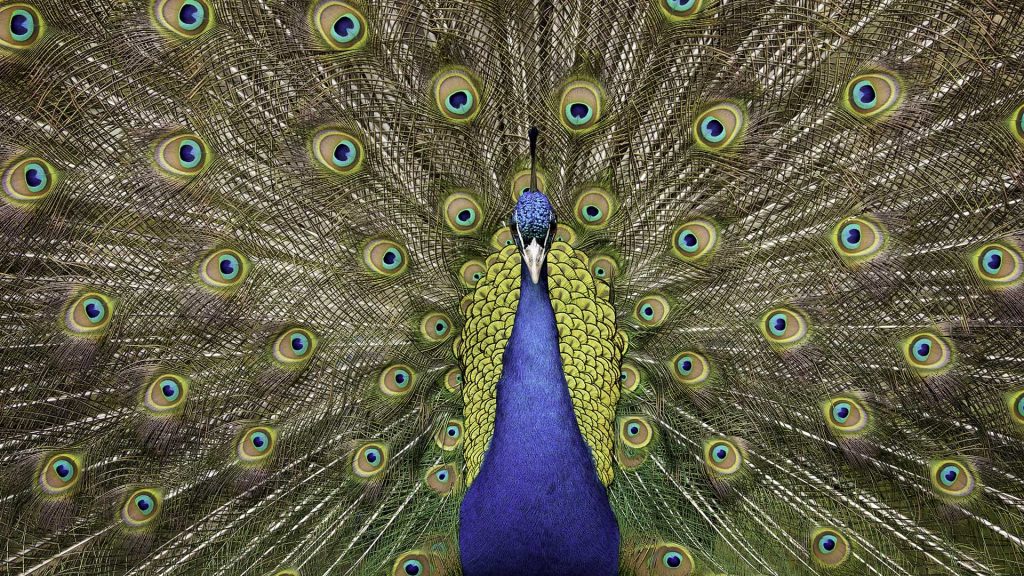As a wildlife photographer who now uses Olympus cameras, the most common question I’m asked is what combination of settings do I find works best. The OM-D E-M1 MKI fell far short of the mark when it came to shooting moving subjects, but the OM-D E-M1 Mark II has completely removed any doubt in my mind that it can handle the conditions and scenarios faced when working with animals. In my experience these are the best settings for shooting wildlife with the Olympus OM-D E-M1 II.
Best Settings for shooting wildlife with the Olympus OM-D E-M1 II: AF Points
My preference is always to use a single AF point. I don’t want to leave the camera to make the decisions for me, so locking that point on the subject’s eye or head works well. If I’m photographing erratic, fast subjects against clean backgrounds, such as a bird in flight, I will often move to the 5 points cross AF, to cover more of the frame and give me a little room for error.
Should this option not work for you, if you’re struggling to keep the active AF points over the subject, using cluster focusing with all AF points selected also works well when there is clear contrast and a clean background behind the subject.

Best Settings for shooting wildlife with the Olympus OM-D E-M1 II: AF Mode
During my first couple of weeks with the Olympus OM-D E-M1 II, I felt compelled to always use the ‘C-AF + Tracking’ mode. For me, it seemed that this would naturally be the best option for following a moving subject. Instead I found that unless there was clear contrast between the subject and background, with minimal texture or distractions in the surroundings, it couldn’t handle it. I was extremely worried that, although significant improvements had been made, it wasn’t enough. It was at this point that I decided to use ‘C-AF’ without the tracking mode and it didn’t take long for all my worries to melt away. I also use +2 for the C-AF Lock (set via the Custom menu) to keep track of erratic moving subjects.

Best Settings for shooting wildlife with the Olympus OM-D E-M1 II: Single or Sequential shooting
This is very much dependant on what I’m photographing. I’ve chosen to reduce the frame rate of the Silent Sequential Low’ mode as I found it took too many images and filled a card quickly, however if there’s more chance of high paced action or unexpected behaviours I will use Silent Sequential High mode. I don’t use Pro Capture mode often, I keep it for those occasions when I’m aware of where something may occur and I know I will need the additional frames to choose from. A good example would be a diving Kingfisher.

Best Settings for shooting wildlife with the Olympus OM-D E-M1 II: Back Button Focusing
I’ve only very recently started to use this feature. I find it extraordinarily helpful when shooting static subjects, so in C-AF mode I still have the focus assigned to the shutter button. I believe back button focusing will always be a personal preference, so if it doesn’t work for you then there’s no need to set it! I use Mode-3 within the AEL/AFL settings to achieve back button focusing.
Best Settings for shooting wildlife with the Olympus OM-D E-M1 II: Lenses
My two go-to lenses for wildlife are always the Olympus 300mm F4 and the Olympus 40-150mm F2.8. I also use the Olympus 12-40mm f2.8 for wide angle or environmental images.




As for lenses: don’t forget the Olympus MC-14 1.4x teleconverter. Works well with both 300/4.0 and 40-150/2.8.
How about having a reject all on your cookie settings instead of making users click on way too many “no” button. I will not be returniung here.